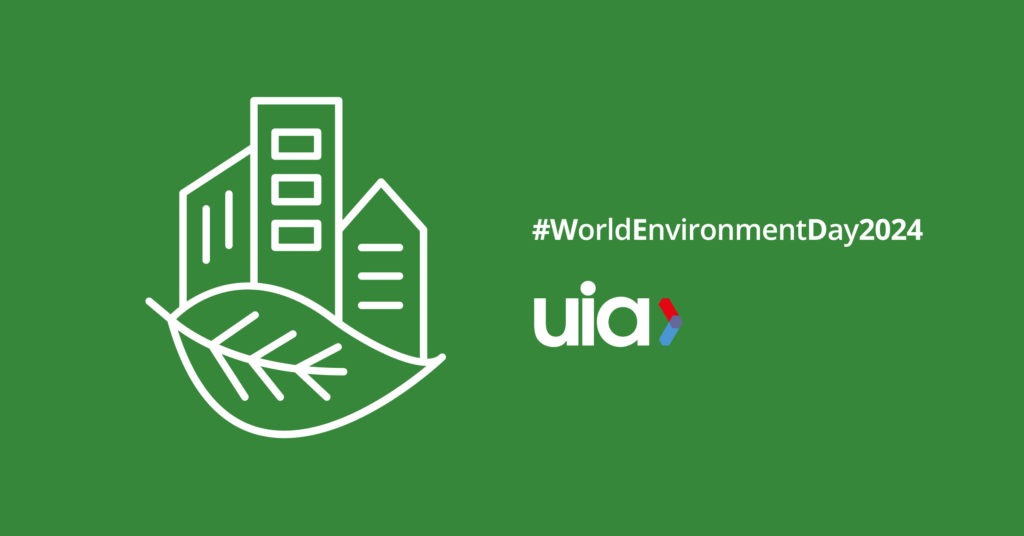
Architects for a Resilient and Green Future
As architects, we hold responsibility in shaping the environments where people live, work, and play. In alignment with the 2024 World Environment Day theme—”Land Restoration, Desertification, and Drought Resilience”—we commit to share our expertise in planning and urban design to bring nature back to our cities. We commit to integrating sustainable practices that not only restore land but also fortify urban areas against the impacts of desertification and drought.
1. Designing Green Spaces in Urban Areas
We pledge to prioritise the creation of green spaces in our urban designs. By integrating parks, gardens, and plazas within city landscapes, we enhance biodiversity and provide recreational and relaxation areas for the community. These green spaces will be thoughtfully distributed to ensure a balance of trees, plants and open areas that foster a harmonious coexistence between nature and urban life.
It is crucial to clarify that when we mention “green,” we are not specifically referring to areas covered with grass, but rather to the utilisation of plant species that effectively consume water resources. Promoting the use of xerophytic species or those with low water use is essential, especially in arid environments.
2. Integrating Sustainable Design Features
Our designs will embody sustainability at every level. We will incorporate green roofs, green facades, water capture and reuse systems, eco-friendly building materials and renewable energy systems into our buildings and urban plans. These features not only reduce the environmental footprint of our constructions but also enhance the resilience of urban areas to climate-related challenges, such as droughts and extreme temperatures. We will create intermediate zones between inside and outside, helping to regulate building temperatures and providing residents with direct access to nature, enhancing their well-being and the overall urban environment.
3. Designing Habitats for Wildlife
We recognise the importance of supporting urban biodiversity. By creating habitats for wildlife within city environments, we can contribute to ecological balance. Our designs will include shelters for birds, butterflies and bees. We will prioritise the use of native plants that attract and sustain local fauna. These efforts will help create protected ecosystems within urban settings, promoting the health and well-being of all city inhabitants.
4. Planning Green Infrastructure
We are committed to collaborating in the planning and implementation of green infrastructure throughout our cities. This involves designing interconnected green spaces, such as wildlife corridors, linear parks and dispersed green areas. These networks will support biodiversity, enhance urban resilience to climate change and improve the overall quality of life for citizens.
5. Education and Awareness
We believe in the power of education and community involvement. We will actively participate in educational programmes, organise talks and workshops and promote citizen engagement in creating greener urban environments. By raising awareness about the importance of nature in cities and how to protect them, we aim to inspire collective action towards more sustainable and resilient urban futures.
The urgency of Action
Climate change will generate longer, more intense and more frequent heatwaves worldwide. It is necessary, therefore, to minimise this impact through urban planning due to its tremendous consequences for both human health, the environment and the economy.
In summary, architects have a pivotal role in creating greener and more sustainable cities. By designing spaces that incorporate nature, promoting sustainable design practices and educating the community, we can significantly contribute to land restoration, combat desertification and promote resilience. Let us unite in our efforts to design urban environments that not only meet the needs of today but also ensure a thriving, sustainable future for generations to come.
As highlighted in the 2024 World Environment Day Practical Guide, we must act now, using our knowledge and ambition to restore and preserve our urban landscapes. Together, we can transform our cities into beacons of sustainability and resilience, where nature and humanity coexist in harmony.